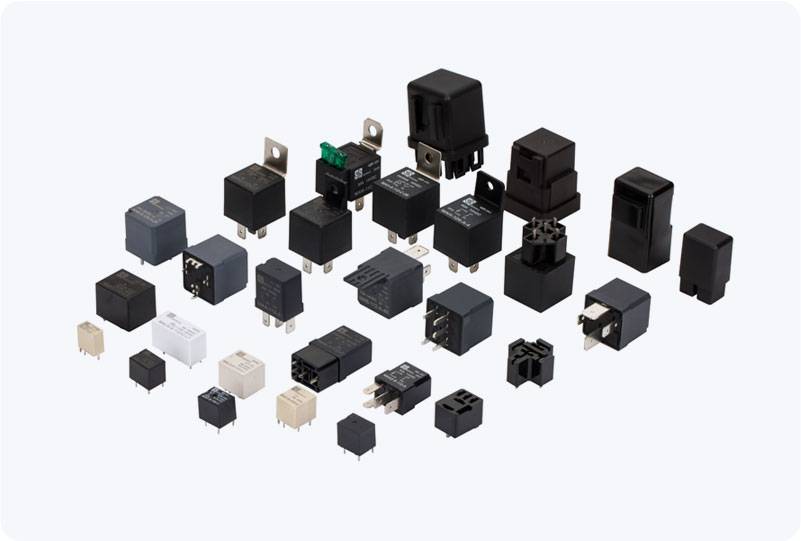Low Voltage DC Relays are essential components in various electrical systems, especially in low voltage DC circuits. These relays play a crucial role in controlling high-power devices while operating on low-voltage signals, making them an indispensable part of industries such as automotive, renewable energy, industrial automation, and home automation systems. This article delves into the function, applications, and benefits of Low Voltage DC Relays, and provides insight into their working principles.

What is a Low Voltage DC Relay? A Low Voltage DC Relay is an electromechanical switch that is operated by a low voltage DC signal. It is designed to control higher voltage and higher current devices, such as motors, lights, and other electrical equipment, by using a relatively small DC voltage. For example, it can be triggered by a 12V or 24V signal, but it can switch larger current flows in the range of 5A to 10A or even higher. The core function of a relay is to isolate the low voltage control circuit from the high voltage load circuit, which prevents any direct interaction between them. This isolation is vital for protecting sensitive electronics, ensuring that they aren’t damaged by high voltages or currents.